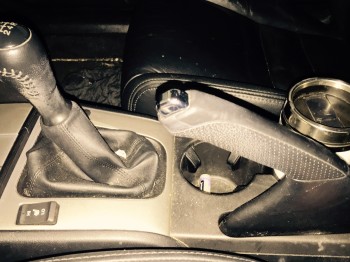
AFCS tuning the altitude hold is implemented in the CADC model the normal autopilot is used for heading and throttles.Contrails from the wings at high alpha subject to atmospheric conditions.F110 engine performance remodelled (data from NASA-TM-104326) which is more accurate than the previously used values.Electrics system model (Mainly for JSBsim).Differential spoilers accurately modelled - so at high alpha or high wing sweep roll rate is reduced (spoilers only effective up to around 10degress AOA and less than 55deg wing sweep).CADC Maneuvering flaps / slats (again modelled on best available aero data).At wing sweep of more than 55 degrees no flaps are available. Sweep interlocks are correctly modelled so when deploying flaps aux flaps can only be used below 22deg of sweep otherwise up to 50degrees the main flaps can be deployed. Gear effects on aero (pitch, lift, drag).Wing sweep (20-68) has aerodynamic effect.Accurate stalls, spins, and other departures (including flat spin).
How to release brakes flightgear manual#
How to release brakes flightgear full#
Realistic JSBSim aerodynamic model with high speed and full wing sweep modelling based on real F-14A data. I've also redone most of the sound effects to make it what I consider more realistic and improved the cockpit to add missing gauges. High-G turns you need to watch the AOA to ensure that you don't stall the wings or the ailerons/stabilators) based on other reports so these may not match the aircraft precisely.īecause of the more realistic model the aeroplane is harder to fly than those with simpler aerodynamic models (e.g. I have modelled the high speed and flaps etc. The JSBSim aerodynamics model uses all of the data in the AFWAL-TR-80-3141 report and is accurate for low speed clean configurations. Using JSBSim for none FDM modelling works well. Once I'd fixed the flight model there were a few changes that just had to be made I felt that the lack of hydraulics and electrics detracted from the realism and provided a challenge to implement these using JSBSim rather than in Nasal. This is my first flightgear model although I've been working with flight simulators for many years professionally. The Flightgear F-14B always had a beautiful 3D model and 3D cockpit thanks to Alexis Bory and Enrique Laso however I felt that the aerodynamics and flight model were not as good and so in August 2014 undertook to fix this using JSBSim and real wind tunnel F-14 aerodynamic data. Recovery procedure is simply to move the throttle for the affected engine to idle and wait for recovery. Monitoring the engine gauges during your scan will allow you to detect a compressor stall by the reduction in RPM. However it is easy to miss this, and particularly on approach when coming in with surplus energy it is possible to keep this in check with rudder and stick and only when increasing power, especially into afterburer, when the yaw moment becomes uncontrollable and an airframe loss is the likely result. When the compressor stalls there will be a small pop (from the corresponding side). Detecting and handling TF-30 compressor stalls As the compressor stall is based on inlet pressure it is still possible to stall the engine at higher speeds during high G manoeuvering. The compressor stall is simulated based on engine pressures (PB) and the affect of angle of attack and sideslip on the inlet airflow to produce a representative compressor stall.

The TF-30 model includes a configurable compressor stall, including MCB failure.

The F-14A with the Pratt and Whitney TF-30 engine is famously sensitive to compressor stalls, and this engine is responsible for many airframe losses.


 0 kommentar(er)
0 kommentar(er)
